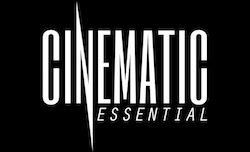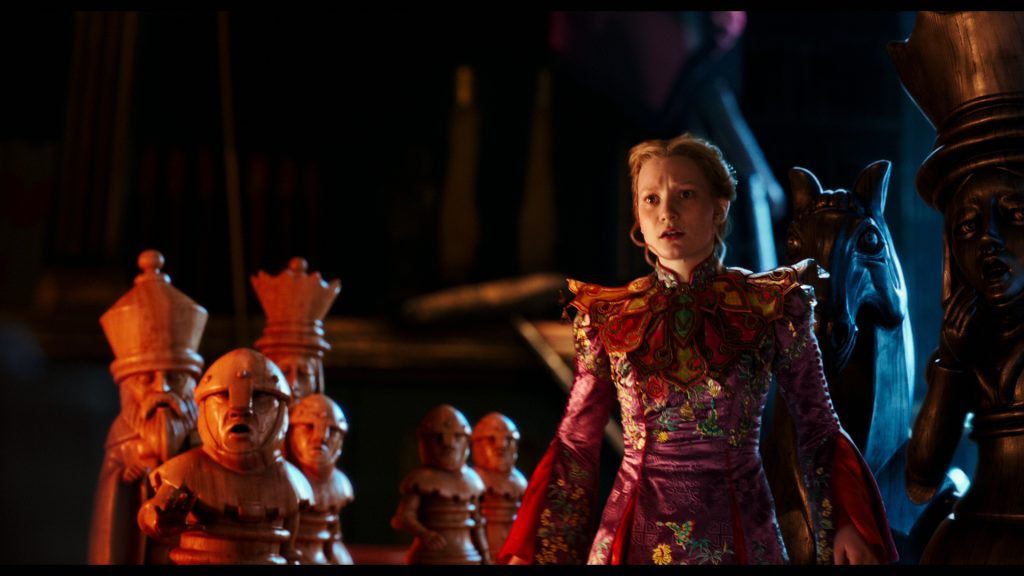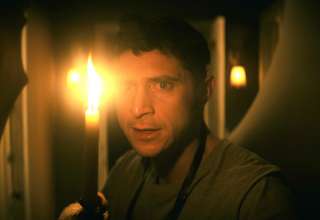Capturing the magic of Roald Dahl is a tall order. While Matilda, The Witches, and Willy Wonka and the Chocolate Factory are now classic children’s films, Tim Burton’s Charlie and the Chocolate Factory was a resounding letdown. Aside from an animated adaptation in 1989, Hollywood has stayed away from what would be one of Dahl’s more visually ambitious stories: The BFG. Thankfully Disney and Steven Spielberg decided to tackle the giant story, and the results are magical.
Following the story of an ordinary girl in extraordinary circumstances The BFG begins at night. Sophie (Ruby Barnhill) is tiptoeing around late one night. Or is it early one morning? Regardless of semantics, it is during “The Witching Hour,” when strange things stir. Sophie hears the regular drunkards down on the street below her window in the orphanage, but she also hears something bigger. A giant comes ambling along the street too. Standing tall above the buildings, the giant sees Sophie spying on him, and then grabs her from her bed. Racing across the land and sea the giant only stops when he is back to giant country and Sophie is a safe distance away from telling his secrets. While Sophie would much rather head back home, she is a smart and curious girl who enjoys an adventure.
The BFG (Mark Rylance) has kind eyes and troubles of his own. He is the smallest giant and the nine other giants in his land will not let him forget this. Together with Sophie they are able to accomplish anything they set out to accomplish.
The messages in the film are not groundbreaking or even new, but they are important. The BFG is bullied by his fellow giants, but needs to stand up to them. Rather than hitting back, and lowering himself to their level, he outsmarts them. Even more important than that is the lesson of the importance of listening to children. Too often adults do not believe children, especially when they are going on about magical imaginary creatures. While this distrust makes for a great plot device, it is bad social training for kids to learn that adults won’t listen to them. In The BFG, Sophie knows not only that help from adults is the best way to solve their problems, but that their plan would fail if adults did not believe her. She puts a lot of trust in adults, which is asking a lot of an orphan who could just as easily not trust anyone. The BFG too trusts humans, because even though he has been bullied for eons, he still trusts that people are good.
But The BFG is not all lessons and morals. The film manages to capture the wonder and magic of Dahl’s world. The giant’s land is beautiful and mountainous. The BFG’s house is filled with gadgets and dream jars. But best of all, the land where he catches and jars those dreams is a fantastical place of light and curiosity. This scene departs far away from what is in the original book, but the feeling of chasing dreams across a field is maintained even after Spielberg took some liberties with the source.
It is this fantastical world and childlike sense of adventure which makes The BFG entertaining for adults too. Rather than relying on topical jokes to make a kid’s movie fun for older audiences, this instead reminds adults what it feels like to be a kid. You remember the magic and the fantasy, and what it was like to naively believe in the good of your fellow humans.
It is this dedication to the world of Dahl and the magic of believing in people and giants which make The BFG work. Its moral lessons are for children and it also reminds adults what it means to be a kid again. Just delightful.
Rating: PG
Director: Steven Spielberg
Cast:
Mark Rylance
Ruby Barnhill
Penelope Wilton
Jemaine Clement
Rebecca Hall
Rafe Spall
Bill Hader
Film Length: 110 minutes
Release Date: July 1, 2016
Distributor: Disney
- Score - 8/108/10


























